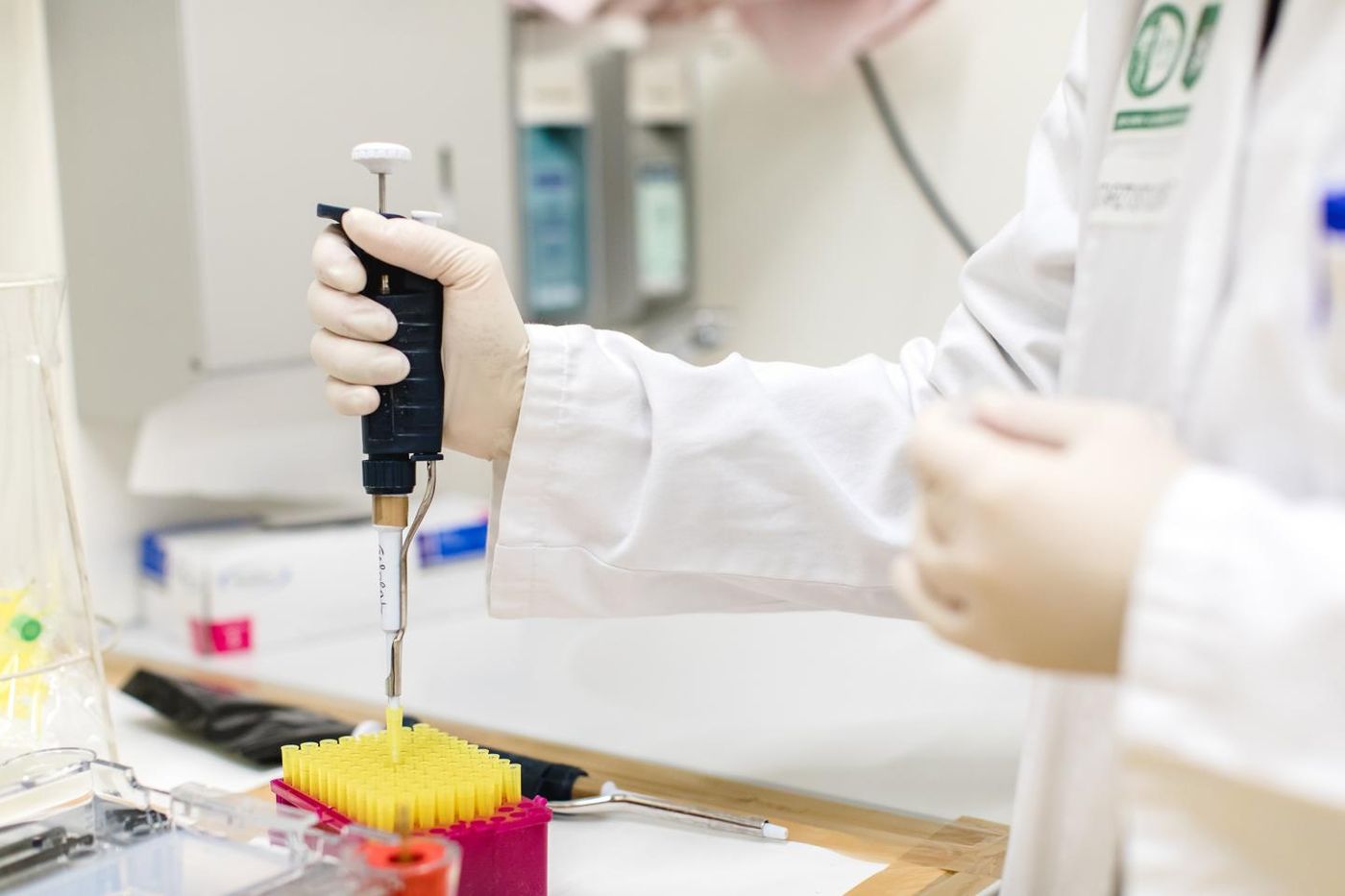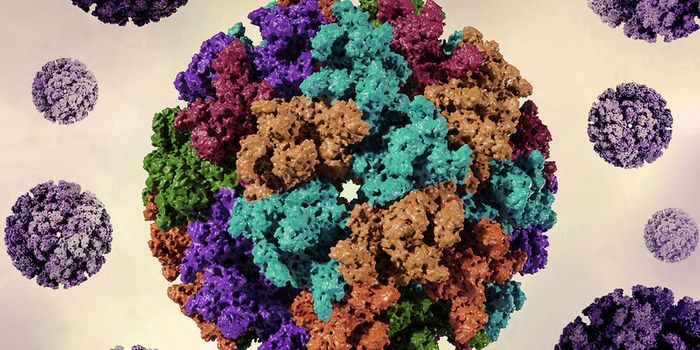Excessive Hygiene Appears to Promote Antibiotic Resistance
Microorganisms have been getting a lot of research attention in recent years. Genetic technologies have enabled scientists to learn more about the community of microbes we host - our microbiome, and how closely it is related to our health. Microbes are also increasingly becoming resistant to antibiotic drugs, and many bacterial infections are getting tougher to treat effectively. In the industrialized world, we are also exposed to a slew of products, like hand sanitizer, that are meant to limit our exposure to microbes.
Led by Gabriele Berg, who heads the Institute of Environmental Biotechnology at Graz University of Technology (TU Graz), researchers have found that in an environment, the extent of the hygiene and cleaning measures - microbial controls used influences how resistance develops in microbes. The research team has reported these findings in Nature Communications.
In this study, the researchers performed a comparison of places where strong microbial controls were employed with places with weak controls. They assessed the microbiomes there as well as the associated resistome - the resistance to antibiotics carried by the microbes in the microbiome. For locations with strong microbial controls, they used cleanrooms in the aerospace industry and the intensive care unit in the Department of Internal Medicine at University Hospital Graz. Areas of weak microbial control were regular public and private use buildings that weren’t subjected to frequent, rigorous sanitizing. The team found that in areas with high levels of hygiene, microbial diversity goes down while resistance diversity increases.
Related: Dust with High Levels of Triclosan has More Antibiotic Resistance Genes
“In environments with strong microbial control in the intensive care unit and industrially used clean rooms, there are increasing antibiotic resistances which show a high potential for combining with pathogens,” explained Dr. Alexander Mahnert, director of studies at the Institute of Environmental Biotechnology of TU Graz, who is currently working at the Medical University of Graz.
The work suggests that while cleaner areas have stable levels of microbial diversity, that effect is counteracted by resistances there that can spread.
“The microbial control of pathogens is already being successfully used in cultivated plants and also in humans in the framework of stool transplantation. Our study provides an initial foundation to pursue such ideas in indoor areas in the future,” said Berg, who research also involves plant microbiomes.
It’s possible that probiotics for the environment, houseplants, fresh air, or reducing the use of antimicrobial agents can all help increase microbial diversity, which may reduce the activity of the resistome. The researchers at the Graz University of Technology want to follow up on this work and find ways to engineer microbial diversity.
In the video above, you can learn more about the microbiome from Berg.
Sources: AAAS/Eurekalert! Via Graz University, Nature Communications









